History/driving impressions originally published in AutoWeek August 24, 1994
Five seconds. That’s how much time a GI had to exit a burning Sherman tank, if he expected to get out of it alive. Inadequately armored and undergunned compared with its German adversaries, the Sherman M4A3 Medium Tank burned –even out-and-out exploded—much too often.
Though that was hardly the designer’s intent, American soldiers nicknamed it the tank as the “Ronson,” after the cigarette lighter. It was actually the British who applied the “Sherman” sobriquet, maintaining a pattern of applying names of Civil War generals to American tanks (the Sherman’s predecessor, the M3, was Brit-named the “Grant”).
The M4 Medium Tank project began in August of 1940, with a recommendation that a tank be developed with a 75 mm gun mounted in a power-operated turret—instead of in the hull as on the M3. The American 75 mm could out-range the early German 75 mm tank gun, but the limited lateral movement of the M3’s gun often required the entire tank to be turned in order to aim the weapon.
The basic hull—or chassis—of the M3 was carried over into the M4 Sherman to save development time. But producing such a large and heavy turret would be a challenge, and new technology had to be developed.
Chrysler had been building the M3 tank in a new factory 17 miles from downtown Detroit, but it would take time to convert that plant from the M3 to the M4. So the first production M4A1 was built in the Lima (Ohio) Locomotive Works in February, 1942. The first Chrysler-built M4 came off the line that June. Eventually, six other companies (among the Ford and General Motors) were added to boost production.
The first Sherman tanks were powered by 350-hp, Continental-built Wright R-975 nine-cylinder radial engines. These were aircraft engines detuned to run on 80-octane, military-spec gasoline rather than avgas. But since aircraft had a higher priority for the engines, the M4A2, used mostly by the British and Soviets, was powered by a 410-hp twin-six GM diesel.
The American tank troop’s favorite was the M4A3, powered by an 1100-cid Ford GAA. Based on a rejected V-12 aircraft engine, the hemi-head Ford V8 had dual overhead camshafts and 32 valves. Making 450 hp and capable of sustaining 26 mph, it was easy to run and maintain, especially compared to Chrysler “multibank” A57—five six-cylinder gas engines lashed together for a total of 1253 cid but producing only 370 hp and requiring more maintenance.
Engines and clutches were rear-mounted with a driveshaft to the forward-placed synchro five-speed gearbox. The differential was integrated with the front glacis (nose) armor, delivering power to each caterpillar track via the large front sprocket. There were three pairs of bogey wheels per side and a rear idler wheel.
The dimensions are intimidating. Combat loaded, a Sherman M4A3 weighed 66,700 pounds. It was 103 inches wide, 232.5 inches long, and 108 inches—nine feet-high. Hull thickness was two inches of cast armor steel for the first M4s, but that proved inadequate against Germany’s high-velocity (HV) shells that could pass through a Sherman before exploding. Glacis thickness was increased to 4.5 inches by the end of the war. Still, tank crews “customized” their mounts by welding on steel, either from applique armor kits, damaged tanks and extra tracks. Others simply added sandbags, railroad ties or even concrete. Because casting facilities were limited, some tanks were welded up from cold-rolled armor, stronger than cast, but flat and thus less likely to deflect shells.
The M4 Medium Tank was planned for infantry support, not for battles with German heavy tanks, which even the larger 76 mm gun on later Shermans couldn’t penetrate head-on. But with superior maneuverability and greater numbers, the American tanks could sometimes strike the German tanks’ more vulnerable flank. Still, the M4’s lighter armor was susceptible to infantry-carried Panzerfaust and Panzershrek anti-tank weapons. Justifiably paranoid tankers raked haystacks, barns or other possible hiding places with their .30 caliber machine guns, then blasted the cannon at any hard objects within range. The Sherman’s greatest advantage was a gun stabilizer, which the Germans didn’t have. It held the gun steady as the tank passed over uneven ground, allowing it to fire on the run where the Germans had to stop and aim.
German tanks had superior suspension, but the Sherman 4A could traverse more difficult terrain. Frank Buck’s restored M4A3 tank can be driven easily and placed with remarkable finesse. The M4 is steered by braking the output shaft on either side of the differential, the tank turning in that direction as that side’s track slows. Unlike its German opposition, the M4 series couldn’t pivot and needed as 80-foot turning circle. And the external contracting drum brakes weren’t to be applied continuously or the brake lining would glaze. Finally, the steering levers require a lot of muscle, making the job of driving one for the young and strong. And noisy? With the roar of the V-8 and the clanking and squeaking of the drive and suspension mechanism, stealthy it wasn’t.
The M4 Sherman required a crew of five—the commander, gunner and loader in the turret, the driver and assistant driver in the hull. The assistant driver was primarily a machine-gunner.
Those escaping from any disabled tank immediately were assigned to another vehicle, although it was said that a GI having two or three tanks shot out from under him in one day was likely to be affected by it.
The Sherman tank was produced through the end of World War II, when the Pershing replaced it. But the Sherman was upgraded and saw action in Korea and was used by the Israeli army, even against the new Soviet tanks as late as the 1967 Six Day War. Yet the Sherman, conceived and built in haste, wasn’t as good from the beginning as it should have been. The United States simply out-produced Germany, building nearly 50,000 Sherman tanks during the war.
Did you know: The barrel of the Sherman tank’s gun does not extend beyond the front hull. It makes it easier to transport if you don’t have to worry about how many tanks will fit into the hull of a liberty ship, critical when every ship made over here had to be shipped over there.




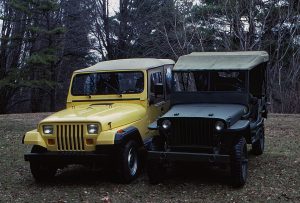
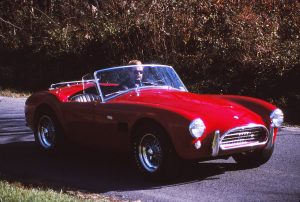
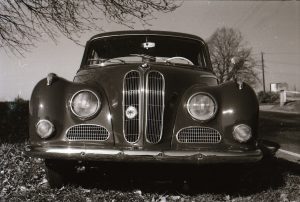

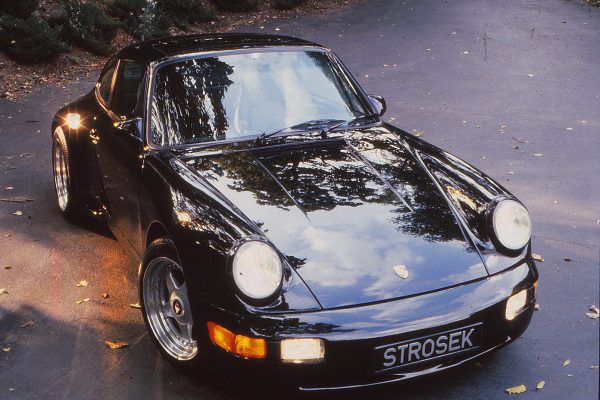
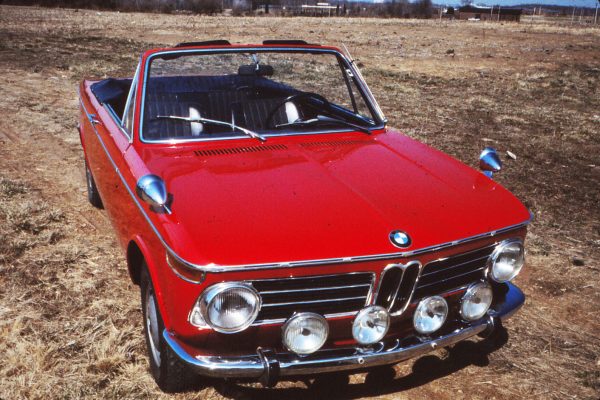

What Do You Think?
You must be logged in to post a comment.